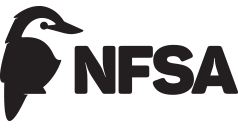Clip description
Filmmaker Solrun Hoaas ventures onto the streets of North Korea to do some impromptu filming and sees some children gathered on a street corner before the start of school. In what becomes a common instance, she attracts the attention of a man who appears to disapprove of her filming and wants her to stop. She crosses the road and continues to film. Later on, she films children walking to school marching in line and singing a song about their de facto leader, Kim Jong Il.




 Share
Share





